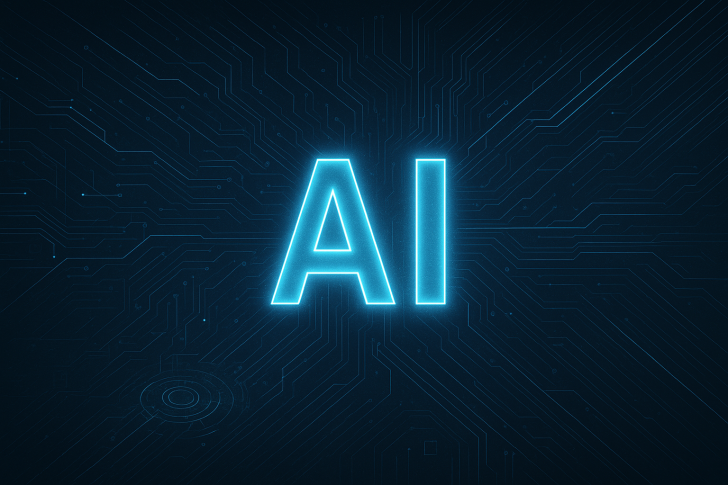The AI world has a new surprise: open-source models are catching up to proprietary giants way faster than anyone thought possible. That's a game-changer for an industry that once assumed open-source would always lag far behind the big players.
What the Research Shows
According to fresh research from EpochAI using their Epoch Capabilities Index (ECI), the performance gap between open-weight and closed-weight models has shrunk to just 3.5 months on average. Epoch AI's benchmark tracks AI model performance across reasoning, coding, and language tasks over time.
The findings reveal two key patterns:
- Horizontal gap: Open-weight models (like LLaMA, Mistral, or Gemma) now match the performance of closed models released just 3.5 months earlier
- Vertical gap: Performance differences amount to about seven ECI points—and that gap keeps shrinking with each new generation
- Bottom line: Open-source innovation is catching up almost in real time
A few forces are turbocharging open-source progress. Global collaboration means developers can build on each other's work instantly. Cheaper compute and better infrastructure have leveled the playing field. Community-driven tools and shared benchmarks accelerate iteration. And as major benchmarks become saturated, teams focus on efficiency and specialization rather than just chasing higher scores.
What This Means
For developers, you can now get near-cutting-edge performance without paying for API access—and you keep full control to fine-tune and self-host. For businesses, the old trade-off between performance and flexibility is fading fast. You can build around open models, avoid vendor lock-in, and still deliver quality. For the industry, closed-weight providers will need to compete on services like reliability and safety, not just raw intelligence.
Of course, open-weight models aren't perfect. They can vary in safety and consistency, and unrestricted access raises misuse concerns. But the trend is clear: AI progress is becoming more democratic and distributed. The frontier isn't just corporate labs anymore—breakthrough innovations are increasingly coming from open communities.
With open-weight models reaching state-of-the-art in just 3.5 months, the gap that once felt like a chasm is now a competitive sprint. For the AI world, it's a signal that the future of intelligence is getting more open—and it's happening faster than anyone expected.
 Peter Smith
Peter Smith

 Peter Smith
Peter Smith


